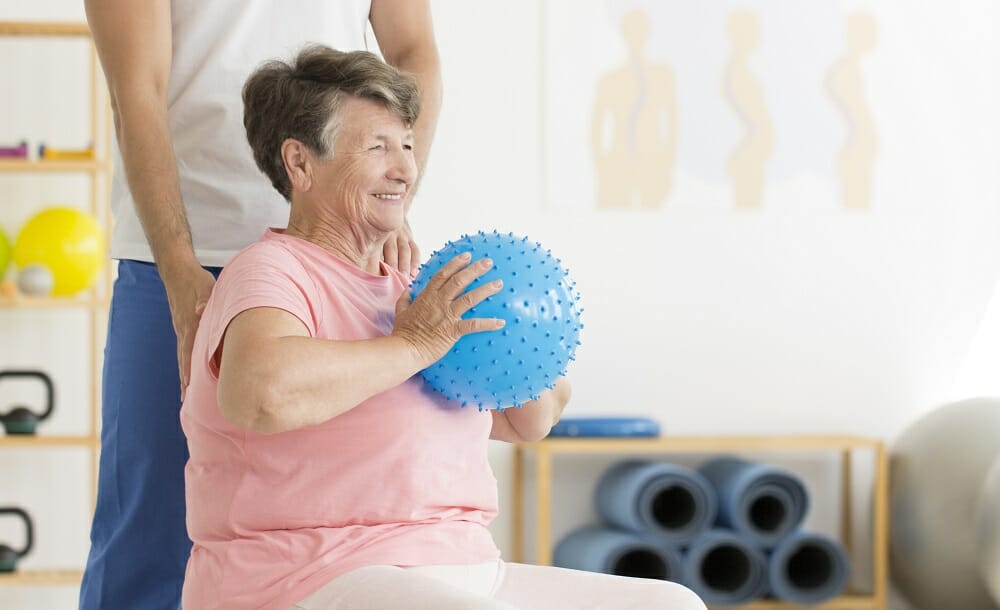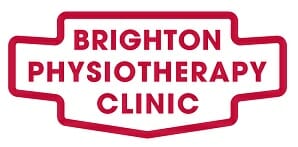Treatment for Geriatric Elderly
Physiotherapy and older people
The older we get, the weaker our body becomes, and this can lead to a myriad of health conditions that can affect our everyday lives.
Some of the conditions that affect people as they grow older include:
osteoporosis, arthritis, cancer, Alzheimer’s disease, balance disorder, coordination impairment, incontinence, hip and joint replacement, and a host of others. Most of these are conditions that a physiotherapist can help with. As an older adult, physiotherapy can play an important role in helping you fully optimize your body’s system to improve balance, movement, and coordination. In certain cases, physiotherapy can help you live the rest of your life comfortable and pain free.
Geriatric Rehabilitation
Geriatric rehabilitation or geriatric physical therapy provides a wide range of help solutions to the myriad of problems that plague the elderly. As you get older, there is a high possibility that you will experience health challenges that fall into any of the following three categories:

Degeneration due to aging
As you get older, chances are you will experience problems that occur simply due to the normal aging process of disuse and deconditioning. This happens when you don’t use your limbs and other active parts of your body as much as you used to.Thankfully, this problem can be solved through geriatric rehabilitation activities like range motion exercises.
Cardiovascular problems
Cardiovascular conditions such as heart diseases, stroke and high blood pressure are some of the challenges the elderly experience. These conditions can place the patient in a very uncomfortable situation and in some cases, can be quite fatal.Physiotherapy and osteopathy professionals have the necessary tools and resources to work with, and improve these conditions, so that the patient can enjoy improved health once again. Some of the techniques relevant to these conditions include aqua therapy, exercises, electrical stimulation, and so on.
Skeletal problems
Osteoporosis and osteoarthritis conditions are serious conditions that also affect the elderly. These conditions range from weak and brittle bones, to weak joints and knee and hip replacements.
Osteoporosis and osteoarthritis conditions require special attention as they make the patient weaker, prone to accidents and can be very painful.
Elderly people suffering from these conditions will tend to fall a lot, which can lead to broken bones and far serious medical complications. For this reason, osteoporosis therapy is vital for old people. This, along with geriatric physical therapy will help improve balance, coordination, and mobility, thus reducing the occurrences of falls. Geriatric rehabilitation or geriatric physiotherapy is a proven method that can help your elderly loved ones (whether recovering from an accident, rehabilitating from a knee and hip replacement surgery, or simply experiencing the signs of old age) build strength and gain increased confidence in their physical abilities, and remain active and productive for many more years.
When should you go for geriatric rehabilitation?
As you grow older, you will notice that most times, you are experiencing more than one medical condition at the same time. This can make proper assessment and treatment difficult. At the stage, your body is telling you that its needs extra help to get better.
If you or someone you know is experiencing problems with bodily movement and functions, a physiotherapist will be in a better position to assess your problem, suggest treatment, and advice on long term care.Here are a few signs that show that the time is right to get into geriatric physical therapy:

Weakness and dementia:
When you start experiencing problems with your cognitive functions, mobility, stamina and balance, it is obvious you need physical therapy to get better. Geriatric therapy entails exercises that can improve mental activity, muscle strength, mobility and coordination. Your family members will also be taught how to move and support you safely at home.
Falls:
Problems with balance and stamina will eventually lead to falls, but this is something that physiotherapy can help with. In fact, studies have shown that if an elderly person gets physiotherapy after a fall, the chances of a fall happening again is reduced by 55%.
Parkinson’s disease:
Parkinson’s disease is probably the most common medical condition of the elderly. As you get older, you may get to a point where certain activities become difficult. However, physiotherapy can help with this condition, improving posture, arm function, walking and balance.
Osteoporosis and osteoarthritis:
If you suffer from weak bones, painful joints or other arthritic conditions, there are exercise programmes and pain management programmes that can help strengthen your muscles, improve bone density and reduce pain.
Musculoskeletal conditions:
Lower back pain, hip and knee pain, joints pain, pain in the ligament and muscles, even breaks and fractures are some of the problems experienced by the elderly. These conditions are usually quite painful and can significantly derail your daily routine. But they are also some of the conditions that require geriatric rehabilitation.
Stroke:
Geriatric rehabilitation can also provide the help you need for paralysis, loss of posture control, muscle spasms and any other functional difficulties you may experience as a result of stroke.
Geriatric rehabilitation can also help when you suffer from incontinence, or have a heart or lung condition. As you can see, geriatric physiotherapy provides the best means for you to live a strong, healthy and productive live as you get older. This way, you will not be a burden to your loved ones
Getting help
If you or someone you know is ready for geriatric physiotherapy, don’t hesitate to call 0000000000 for information on how Brighton and Hove Osteopathy can provide the help you need for your later years.
